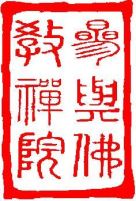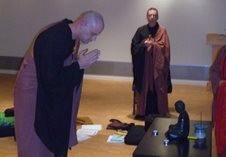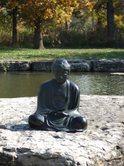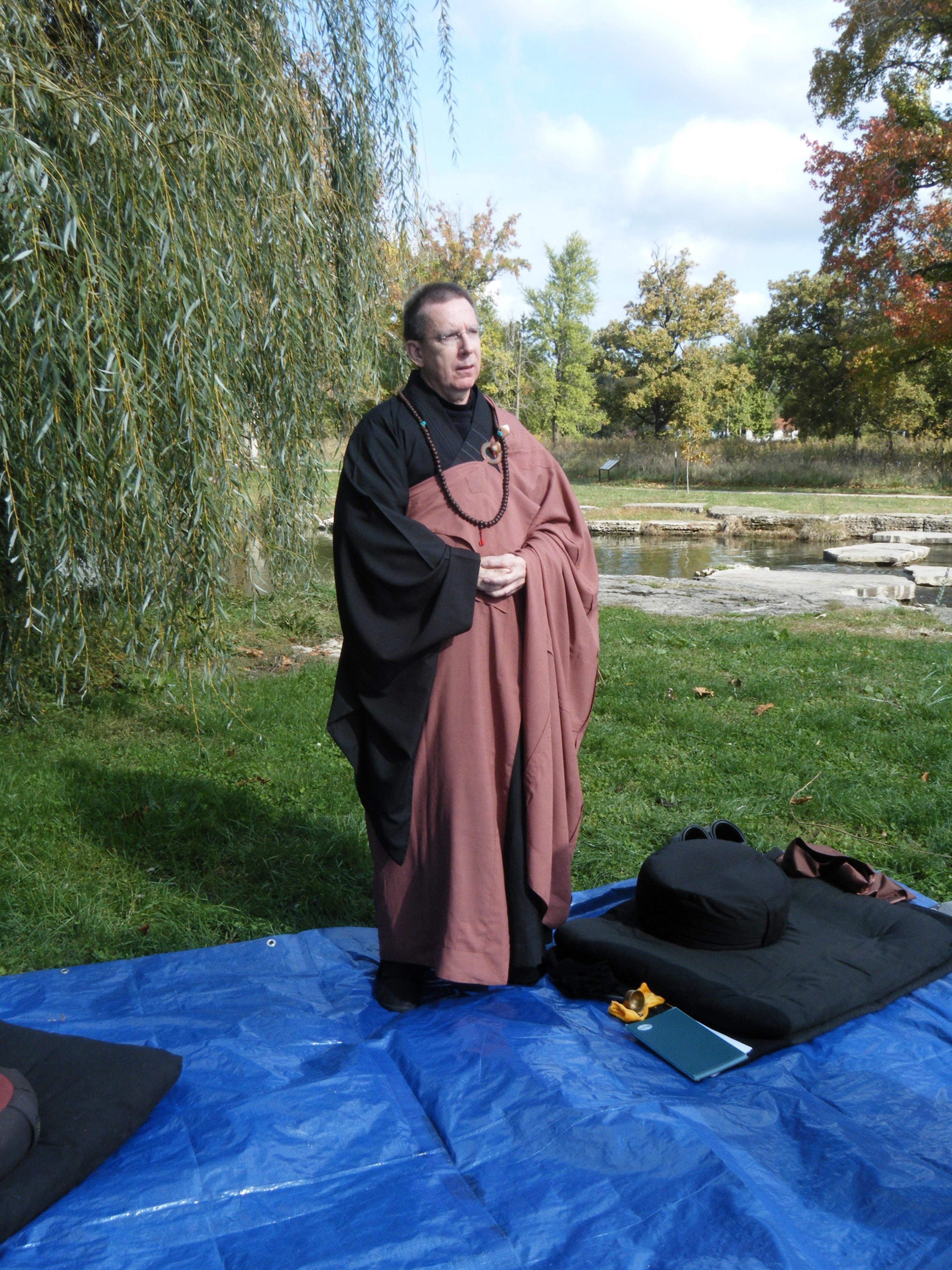By: Shi Shen-Xi
For a while now we have spoken about the growing tendency of thinking Buddhism is in a phase of a reformation of sorts. The challenge for an organization like OEB is to find our way in this maze of change that seems to be challenging the very nature of what Buddhist is as it moved into the West. Not only that, but how are terms like religion or secular to be applied to the various Buddhist practices as we become an international teaching order. My own experience when I speak to other monks around the world, is that how we practice here in America is not often mirrored in other Western cultures.
Considering all of this, there is another element to this broad discussion that touches on how we come to consider what a Bodhisattva is. Or more specifically, how a practice is to transform to one that can be recognized as Bodhisattva-like. So, I want to speak a little about the notion of finding worldly Bodhisattvas.
I have read and studied Buddhism now for three decades, and have had a formalized and structured practice for over 10 years now. My practice is that of a Zen priest engaged in applying what I have been studying for the benefit of others, which in turn brings merit back to my own practice, although that is not my intent. During all this time I have slowly come to realize that Buddhism as it is being practiced in America today is going through an interesting and significant transformation. This is what you would expect from a philosophical and spiritual based tradition(s) migrating from an Asian culture. And much is being written today about the transforming component culture and language plays on such a shift in perspective: East to West. My teacher would speak often of this historical phenomena. Although the energy this discussion is taking has grown in energy over the years since I last spoke to him about it. This reporting and dialogue is being generated by academics, Buddhist masters, and both the monastic and lay communities. The current journal publications are full of topics that can only be considered reformative. In fact, some of the most influential Western Buddhist teachers today are non-monastic’s, like Stephen Batchelor. It is also true that these teachers have had monastic training and years of personal experience in strict Buddhist training. And many monks in the West are now opting out to live away from a temple environment in order to pursue a dynamic social practice and ministry. This is one of the changes that is transforming Buddhist teaching and study and is generating a lot of discussion on secular vs. religious significance of how Buddhism should be viewed and practiced in the West.
Buddhism today faces unparalleled challenges stemming from both internal and external causes. I first thought that the main challenge in the Western would come between traditional Buddhism on the one hand, liberal Buddhist practice on the other, and modern social change. While we Buddhist all talk about interconnectiveness, interdependence, the importance of non-dual thinking and pluralism, we often do not bring this understanding into the everyday reality of our social activity and dialogue with others. This failure has resulted in conflict of how we understand some of the basic core principles, even how we view the nature of the dharma and the Sangha for example. And this has resulted in different ways we think about what the Bodhisattva ideal means. The big challenge I thought would come from gaining cultural acceptance from other non-Buddhist traditions. But it seems we must first find ways of connecting with each other, with the Buddhist Diaspora. We are beginning to ask ourselves, “Is this really so important?” My answer is that I think it’s vital. We must adopt a realistic view of the challenges we face, and first start to find ways to engage and work together as Buddhists, no matter the style of our practice or the tradition we follow, while at the same time engaging the larger community of spiritually awakened individuals. We must work to develop an American Buddhist voice because it seems that most Western communities abroad look for us to led the way toward clarity and reform.
Traditional Buddhism in Asia is still predominantly monastic with the purpose of monks and nuns devoting themselves to imitating the life of Siddhartha the best they can when he was a Bodhisattva. To do this, these monastic’s spend most of their life in meditation practice and training, some spend their entire life in training and engagement “within” the confining environment of secluded practitioners. Social engagement is out of reach for the majority of them according to my understanding, and contacts I have made with monks from Asia.
My own practice changed when, as a Mahayana Buddhist, I came to realize the importance and obligation I had in social engagement for the purpose of bringing others to awareness and liberation. A Bodhisattva is a sentient being with a “great heart” who has discovered their intrinsic nature and has made a vow to save all beings from suffering and unsatisfactoriness. Beings in this case is all universal expressions. Since it is their vow to help others while helping themselves, they embody both wisdom and compassion. The bottom line is a belief that our own awareness and emancipation are not complete without the emancipation of all.
Considering this you can re-describe the Three Pure Precepts as: Do no harm, Do only good, Be compassionate.
In many Asian traditions, contrary to this spirit of the Mahayana Buddhist movement, over time the pursuit of the Bodhisattva path and the attainment of enlightenment became the monopoly of the monastic life which put great emphasis on their vocation to gain enlightenment first and service to others later. Even if it takes many lifetimes. This model still survives to this day, and is represented in many monastic communities in the West even, but things are beginning to change.
The Dharma work in the world today requires Bodhisattva with boundless hearts. The energy we use comes from our spiritual center, the main ingredient of this open heart is wisdom, dedication to our vows, and daily practice and meditation. This heart engages the needy, creates peace and calm around them, and develops a mind awareness to the challenges of modern world problems. These worldly Bodhisattvas are care givers. And yes, a Bodhisattva does not need to identify as a Buddhist. This is how worldly Bodhisattvas help all sentient beings to enter the non-dual gate of a liberated unconditioned mind.
Centuries ago, Buddhism traveled from India into China, Korea and Japan. Now it is challenged to transplant and grow deep roots in Western soil. Soil that is rich in sophistication and scientific and technological advancement, and yet challenged with so much tension and conflict. It takes a new awakening, a new wisdom and a new vision for Buddhism to do Dharma work for the West. It is critical that Buddhism understand Christianity and other traditions. We don’t know yet how other traditions will ultimately accept Buddhism with its many variations and flavors. But it must communicate the Dharma in a way that speaks to the modern Western need for spirituality and social engagement. Buddhism must speak the language of the worldly Bodhisattva.


















































































